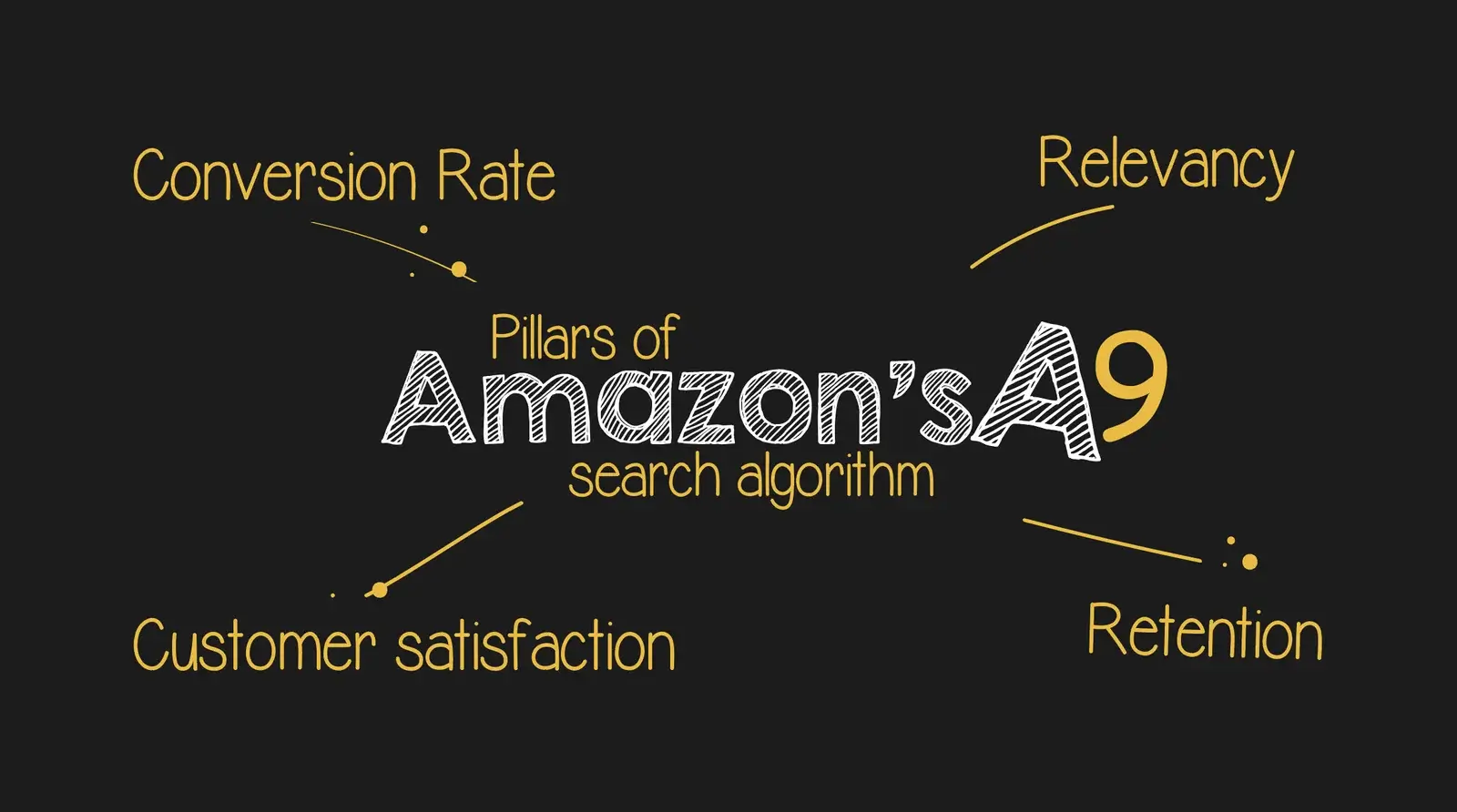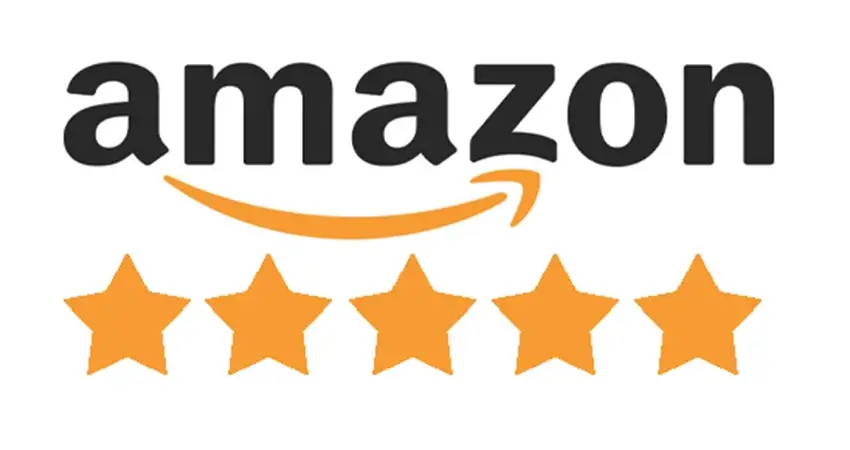The Amazon Search system doesn’t quite work like Google’s search. Amazon’s algorithm, also known as A9 algorithm, only matches the customer’s search with your product when it is matched with one of your product keywords. What this means is that you cannot rely on Google Adwords data for building your keywords on Amazon, since the algorithms for both work differently. Here, we present to you a detailed guide to understand how Amazon keywords and rankings work so you can improve your product’s organic rankings easily.
All you need to know about Amazon’s A9 Algorithm

In order to increase purchasing likelihood, Amazon’s algorithm works differently than any other search algorithm, like Google’s. Amazon’s A9 algorithm sorts products based on two important factors:
- Performance: The stronger sales history, the higher its rank – based on A9 algorithm.
- Relevance: On Amazon, you decided the keywords for your product and based on these keywords, the search algorithm matches the search query with your product. The closer a match, the higher the results.
More often than not, customers prefer to choose products from the first few results. If they don’t find what they are looking for, the most they will go is a few pages into the search results. Usually, 99% of customers do not go beyond the third page of results, so it is absolutely essential that if you want your product to sell well, then you must track keyword rankings and keep optimizing them on a regular basis to ensure your product stays visible and ranks well.
Keyword Research Basics for Amazon SEO

By now, we’re sure you understand what keywords are. Unlike Google or any other search algorithm, Amazon’s algorithm works solely on keywords. The A9 Algorithm of Amazon only shows up a product as a relevant search result when the search keyword matches exactly with the listed keywords for that product.
What this basically means is that you must preempt what users might search for to get to your product. You need to do all the research and list all the keywords, because even one missed keyword might rob you of the chance to sell your product because the customer wouldn’t even see that something they might want is available on Amazon.
Unlike Google, where searches tend to be more generic and a little loose-ended, Amazon searches are precise and exact. This is because the customers know what they are looking for and don’t want to spend too much time unnecessarily going through things that don’t fit their expectations.
So, how can you prioritize keyword rich product listing?
Here’s an easy guide to understand how to place most relevant keywords to get the desired results:
- Product title: This is the place where we can use the most relevant keywords
- Seller Central Back end Search Terms: Amazon has a new 250 bytes restriction, so make sure you stay within that limit.
- Bullet Points + Product Description: In case there are some extra keywords that didn’t fit anywhere, you can include them here, but make sure it doesn’t affect the flow of the content.
Learn how to effectively use Seller Central backend search keywords
In case you couldn’t include any keyword in the title or bullet points, you can put it in the Seller Central backend search terms. This is also a good place to use unofficial keywords, common misspellings, etc. Keyword location/distance also doesn’t matter here. Just make sure to keep your keywords limited to 249 bytes. This will include characters other than letters – numbers, spaces, commas, etc.
How to get better your CTR (Click-through-rate) and Conversion Rate (CR)
If the CTR and CR are both high, your product will be ranked well when customers search for that keyword. A lot of things need to be considered to improve the CTR and CR like product title, description, image, shipping charges and product reviews and much more.
Total conversion rate is calculated on the basis of each individual keyword. The idea behind A9 algorithm is to ensure customers find what they’re looking for, immediately. So, the higher the conversion rate for a keyword, the higher the ranking of the product.
Can you also optimize product images?
YES! In fact, images of the product are important in deciding the CTR and CR. The final decision to buy something almost depends upon visuals. So better the images, the higher the chance of selling the product. It is a good practice to showcase product from all angles on a white background, where zooming in is possible. The first thing customer sees is the product image and name – so these two should be optimized to achieve best results.
Some basic guidelines for image optimization on Amazon:
- Minimum 1000 x 1000 pixels resolution
- Clear lighting, white background
- Showcase product uses and benefits
- If you sell your own branded products then your brand should clearly visible on at least one image.
Amazon Customer Reviews

It is a common practice these days for consumers to check reviews before buying anything on Amazon. They are also essential for SEO on Amazon. The better the ratings of a product, the higher its ranking in search results. A few negative reviews can easily sway the customer away from your product. This will, in turn, affect your conversion rate.
It is a good practice to respond to any negative reviews as quickly as possible. This way, if there’s any defect in the item, you can replace/refund. If you’re not shipping directly, then let them know so no shipping reviews affect your rating. Inform the customer about any instruction, practice, or additional information. Finally, replying to negative reviews shows other customers that you care about the service provided. This counts as points in your favor.
Sales
It is a common practice for Amazon to count sales as an indicator of the ranking of your product. Bestselling products are ranked higher than newer, fewer selling products. This can create a vicious cycle if you don’t immediately start selling well as soon as you list a product, because products that sell better rank higher and the products that are ranked higher sell better.
So, for a new product, it is in your best interest to run additional promotional campaigns, blogs, content marketing and Amazon PPC even to ensue your product reaches top ranks as quickly as possible.
We hope you find these tips and tricks helpful for better ranking and SEO on Amazon. Happy selling!
[/vc_column_text][/vc_column][/vc_row]










